The mudi is an energetic, scrappy, and playful dog who loves to be part of the family and has no problem snuggling up at the end of the day. Learn more about the mudi.
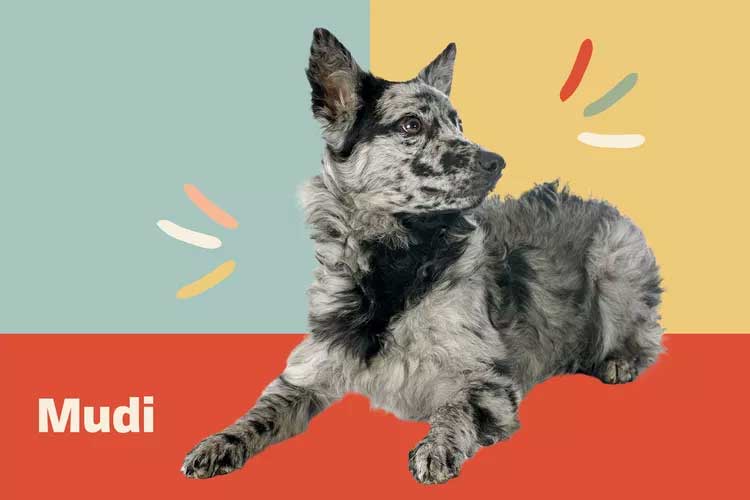
Mudi Overview
| OFFICIAL NAME | Mudi |
| COMMON NAME | Mudi |
| PET HEIGHT | 15 to 18 inches |
| PET WEIGHT | 18 to 29 pounds |
| LIFESPAN | 12 to 14 years |
| GOOD WITH | cats, children, dogs, families |
| TEMPERAMENT | playful |
| INTELLIGENCE | high |
| SHEDDING AMOUNT | occasional |
| EXERCISE NEEDS | high |
| ENERGY LEVEL | active |
| VOCAL LEVEL | frequent |
| DROOL AMOUNT | low |
| BREED GROUP | herding |
| BREED SIZE | medium (26-60 lbs.) |
| COAT LENGTH | curly, medium |
| COLORS | black, brown / chocolate / liver, gold / yellow, gray, white |
| PATTERNS | merle |
| OTHER TRAITS | easy to groom, easy to train, good hiking companion, strong loyalty tendencies |
The mudi is an intelligent, energetic, and playful dog who enjoys being a part of the family. Bred as a working dog to herd sheep and cattle, she's happy to refocus her energy into playing with her family.
Though she's happy to be calm and quiet at home and close to her people, the mudi is a highly energetic breed that needs to be physically and mentally stimulated. That said, she enjoys physical outings with her family and participating in dog sports and events like flyball and Frisbee.
Appearance
When you see a mudi at your local dog park or on a walk around your neighborhood, you may recognize similarities between her and a German spitz. It's easy to confuse the two, but the mudi is indeed her own breed.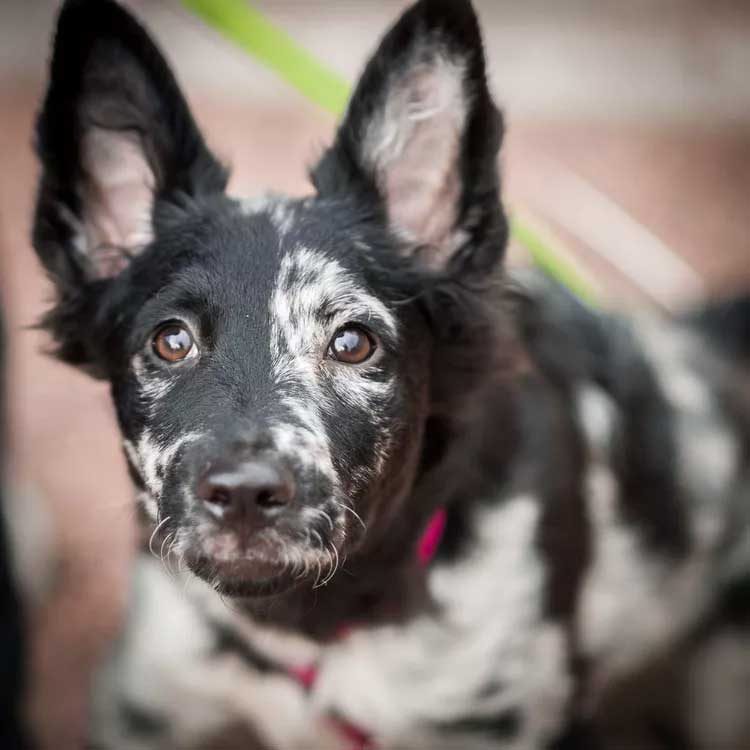
Standing between 15–18.5 inches at the shoulder and weighing in between 18–29 pounds, the medium-sized mudi has a coat that can be short on the head and front of the legs then a medium-length wavy or curly coat over the rest of her body. Her colorings vary and can be white, yellow, brown, black, or gray. She can also sport a gorgeous merle coat.
Temperament
Though mudik (the plural of mudi) were bred to herd sheep and cattle on Hungarian farms (and even help hunt wild boar!), they are friendly, playful dogs who love their families and can be very affectionate."The mudi is a medium-sized, low-maintenance herding breed who is always up for adventure and exercise but doesn't mind snuggling up on the couch at home sometimes, too," says Stephanie Sheen, DVM, veterinary expert with Fuzzy. "You could describe the mudi as an Energizer bunny with an off-switch."
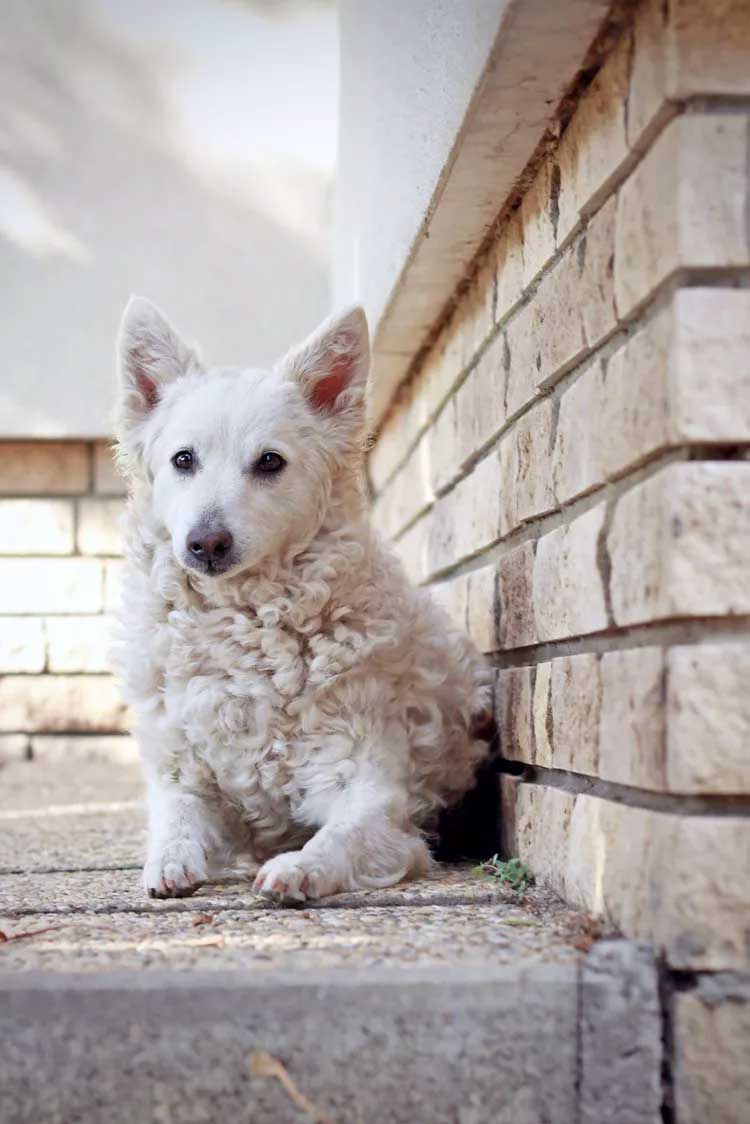
Mudik are super smart and want to exercise their brains just as much as their paws. Regular play and training will keep these pups happy.
"These dogs are busy, busy, busy and want to be trained and to learn," says Susanne Bergesen, corresponding secretary with the Mudi Club of America. "It makes them happy. If your mudi isn't picking up on what you are trying to teach them in a few repetitions, you need to rethink how you're training your dog."
Because this breed is so smart, Bergesen says a mudi will do best in a home with an experienced dog owner to guide her.
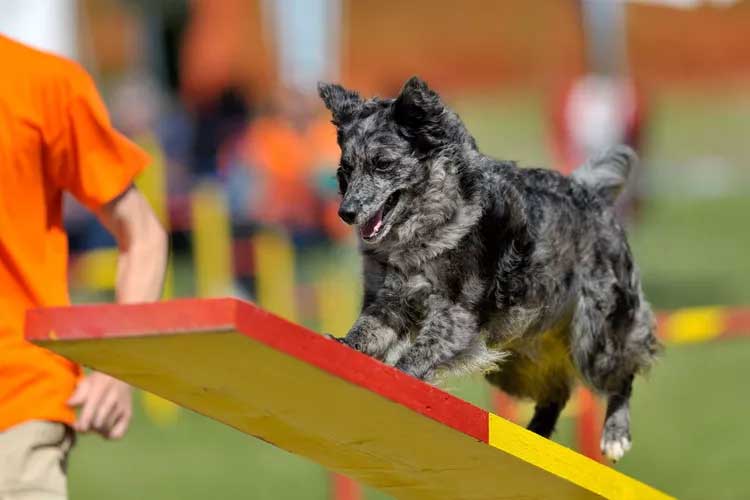
"I do not recommend mudik for first-time dog owners because mudik already think they're smarter than their owners, and with a new dog person they can prove it," she says. "If you have worked with high-drive performance herding breeds, this could be a good dog for you."
As with all dogs, Sheen says pup parents need to socialize their mudi puppy so she adapts to different environments and situations, ensuring that she's as comfortable in your home and out in the world as you are.
Living Needs
Though the mudi's manageable size allows her to physically fit into nearly any living space, her herding history might make apartment-living difficult."As a herding dog bred to keep close watch over the flock, mudi are typically very observant, even hyper-aware, of your environment and will bark to let you know if anything seems amiss," Sheen says. In an effort to curb too much barking, she suggests teaching your mudi a "quiet" command early.
Sheen says that because mudik can have a wary nature, they can be standoffish and take time to warm up to new people and animals. But once inside their inner circle, the mudi is a playful, affectionate, and friendly pup.
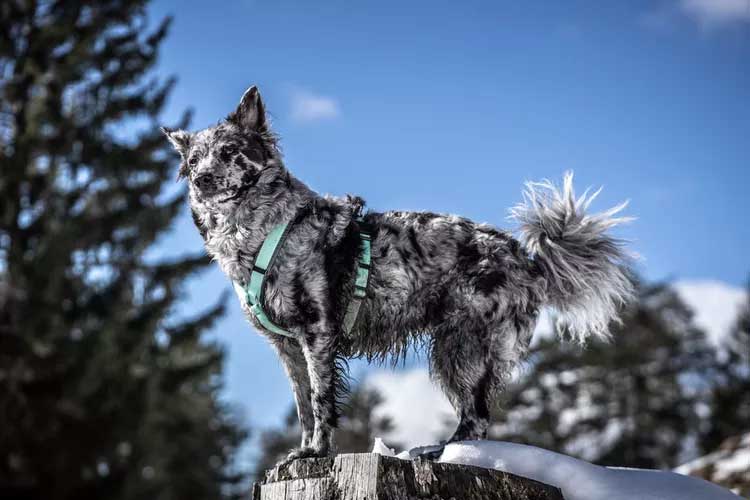
"The mudi can be a great family dog if raised with children who handle them respectfully, and [they] are good with other animals if they are raised with them," Sheen says. "A mudi wants to be a part of the family—they will not do well as backyard dogs."
Because they were bred to be by their farmers' sides, ready to work when needed, Sheen says, "If you don't like a dog to follow you around the house and be attuned to your movements, the mudi may not be for you."
Despite being a herding breed, a mudi can be a little "terrier-like" and scrappy in her enthusiasm for work. This can make her a bit mischievous and, if a curious mudi is bored, she might start digging or jump over your backyard fence.
"To a mudi, the outside world is just a playground waiting to be explored," Sheen says. "Giving your mudi a job to occupy their mind and bodies will help avoid these tendencies."
Care
Caring for your mudi is fairly easy, as her coat essentially takes care of itself. In fact, the Mudi Club of America says she essentially has a "wash-and-wear" coat and a quick, once-a-week brushing should be all she needs.
As with all dogs, take the time at home to ensure your mudi's ears are free of infection, her teeth are brushed often, and her nails are kept tidy.
Mudik take to training well because of their smarts and desire to please their family—if you use the right method.
"The mudi can be more sensitive than other breeds, so use only positive reinforcement training to establish and maintain trust in the training process," Sheen says. "Anything you want to teach him, your mudi can and will want to learn."
Because of her high energy, high intelligence, and eagerness to please, your mudi can also be a star pupil in dog sports like agility, obedience, and flyball, to name a few.
Health
Mudik have a lifespan of 12–14 years and are generally healthy dogs. But, like all breeds, there are certain health conditions owners need to be aware of.Sheen says epilepsy, hip dysplasia, cataracts, elbow dysplasia, and patellar luxation all run in the breed. According to the breed club, mudik can also develop a condition called color dilution alopecia, which can lead to flaky and itchy skin along with hair loss. If you suspect your pup is developing either of these conditions, consult your veterinarian.

Aside from these potential conditions, your mudi should visit the vet for regular checkups and vaccinations. If your mudi spends a lot of time outside, talk to your vet about flea and tick prevention (either seasonally or year-round, depending on where you live).
History
The mudi's ancestry dates back to 19th century Hungary. According to the Mudi Club of America, the dogs are thought to be a mix of the puli, pumi, and German spitz breeds and are considered the oldest of the Hungarian sheepdogs.The mudi got its name from Dr. Deszö Fényesi, who was one of the first breeders involved in separating the breed from others. Though the breed's lineage goes back hundreds of years, it's estimated that there are only a few thousand mudik worldwide, with the most numbers in Hungary, followed by Finland. The breed remains very rare in the U.S., Canada, and the rest of Europe.
Fun Facts
The mudi is still a working dog in Hungary, working with shepherds to manage herds of up to 500 sheep.The American Kennel Club officially recognized the mudi breed in January 2022.
Mudi is pronounced "moody."